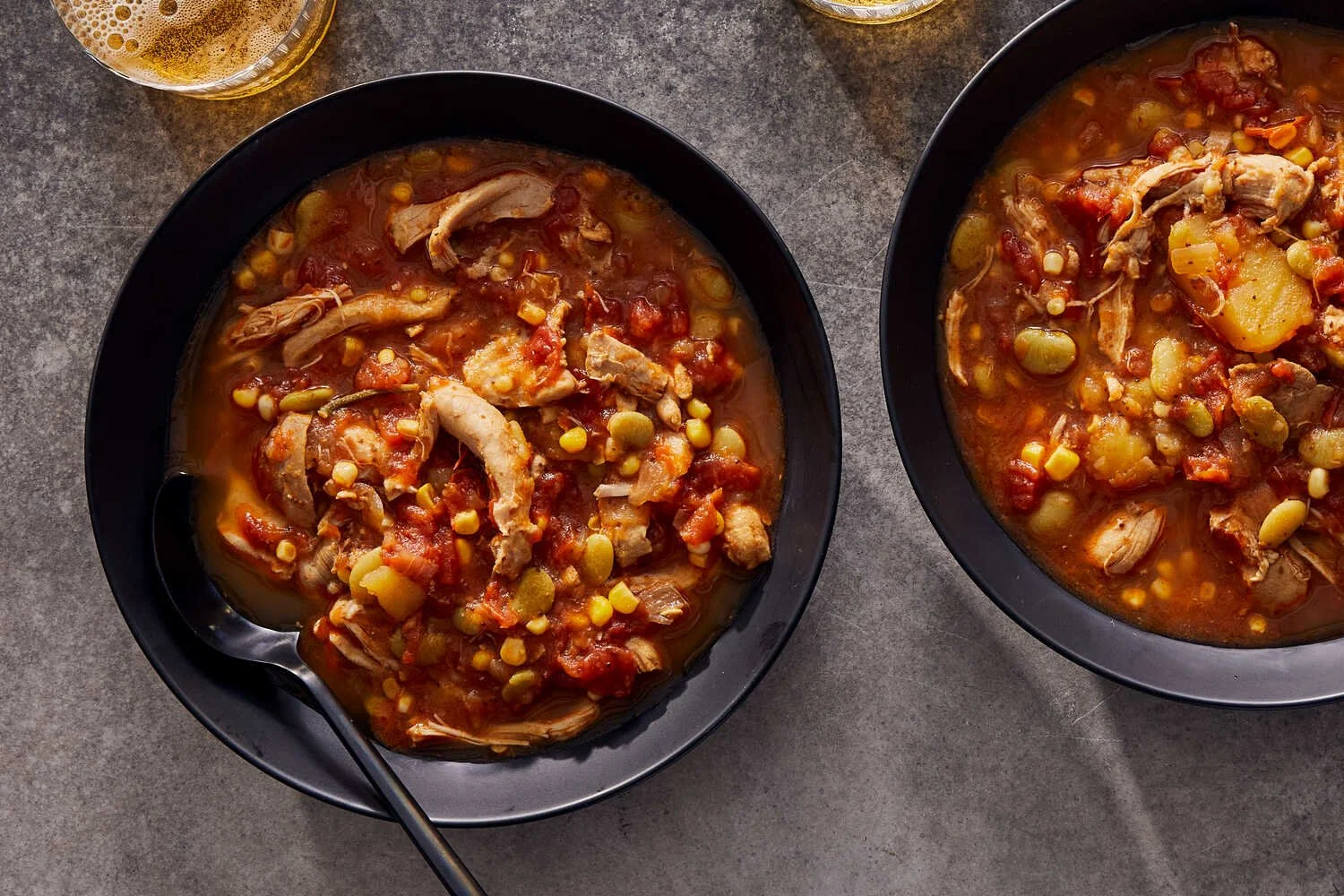Breath
Synopsis: James Nestor wants to tell you that you’re doing it wrong. You think that breathing is the most natural thing in the world, but apparently not. He undertakes a project to understand why we can’t breathe, and how to fix the problem.
Review: This was a DNF for me. I rarely stop a book before the end, but I think I got the message pretty quickly. To prevent you from wasting hours of time, I can tell you the message is that it is better for our health to breathe slowly and calmly through our noses, and that mouth breathing is highly detrimental. Fine, seems reasonable and very plausible. However, I was turned off by his reporting which is heavy on anecdotes and very light on science. If you are swayed by wildly overstated claims, an author who experiments on his own body, and citations from dubious sources, then you might be part of the global misinformation pandemic.
Rating: 2/5
Recipe: The word souffle is derived from the French verb souffler, which means “to breathe”, or “to inflate.” The beauty of a soufflé is that the technique can be used for either savory or sweet dishes, and is quite versatile. This Mark Bittman recipe is rich, fluffy and very easy.
Lemon Souffle
Ingredients:
Unsalted butter for the dish
1 cup sugar, plus some for the dish
6 eggs, separated
1 tablespoon grated lemon for orange zest
1/4 cup freshly squeezed lemon or orange juice, or Grand Marnier.
pinch salt
1) Butter a 2 quart souffle or other deep baking dish. sprinkle with sugar, invert it and tap out the excess sugar. Set aside and heat oven to 350 degrees. Whisk the egg yolks with 3/4 cup of sugar until light and very thick. Beat in the flavorings and set aside.
2) Beat the egg whites with the salt until they hold soft peaks. Continue to beat, gradually adding the remaining 1/4 cup sugar until they are very stiff but still glossy. Stir a good scoop of them thoroughly into the egg yolk mixture to lighten it, then fold in the remaining whites, using a rubber spatula.
3) Transfer to the prepared souffle dish and bake until the center is nearly set, 25 to 35 minutes. Serve immediately.







































